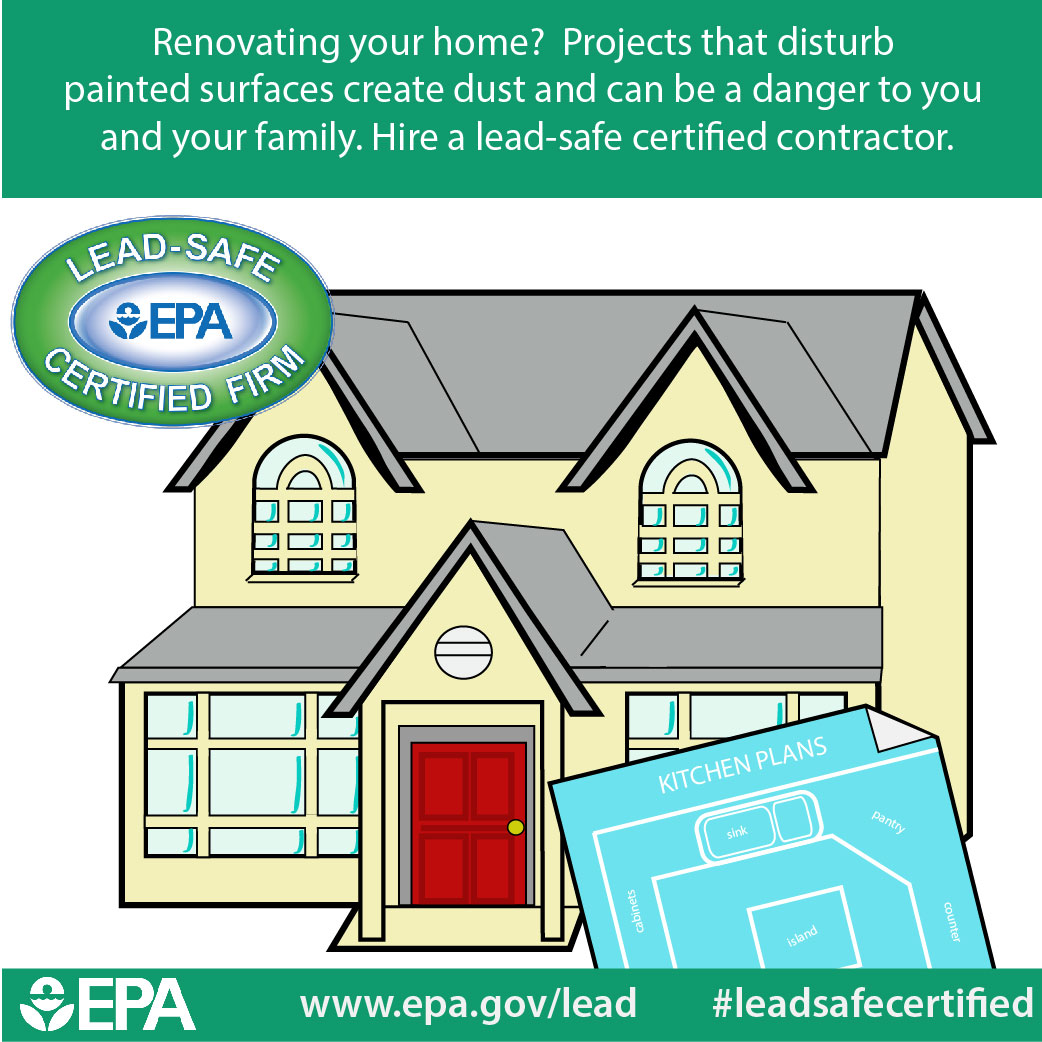Trick Seasonal Considerations For Commercial Exterior Painting: What You Need To Be Enlightened Concerning
Trick Seasonal Considerations For Commercial Exterior Painting: What You Need To Be Enlightened Concerning
Blog Article
Material Develop By-Leach Decker
When you're preparing an industrial outside painting task, seasonal variables can make or break your results. You'll intend to consider how temperature level and humidity effect paint application and drying out times. Picking the right season can guarantee your paint adheres effectively and lasts much longer. But which periods are truly the most effective for this type of work? Let's check out the crucial elements that can impact your project's success.
The Effect of Temperature on Paint Application
When you're intending an industrial outside painting project, the temperature level can substantially influence exactly how well the paint adheres and dries out.
Ideally, you want to repaint when temperatures range in between 50 ° F and 85 ° F. If it's also chilly, the paint might not treat appropriately, leading to problems like peeling off or splitting.
On the other hand, if it's too warm, the paint can dry as well quickly, preventing appropriate attachment and resulting in an irregular surface.
You should additionally think about the time of day; early morning or late afternoon provides cooler temperature levels, which can be a lot more desirable.
Constantly inspect the maker's suggestions for the details paint you're using, as they typically provide advice on the ideal temperature level range for optimal results.
Moisture and Its Result on Drying Times
Temperature isn't the only environmental element that affects your industrial exterior paint job; humidity plays a significant function as well. High humidity levels can decrease drying times substantially, influencing the general high quality of your paint task.
When the air is saturated with dampness, the paint takes longer to cure, which can lead to problems like inadequate bond and a greater risk of mildew growth. If you're painting on a particularly damp day, be prepared for prolonged wait times between coats.
It's important to keep an eye on regional weather conditions and strategy appropriately. Ideally, go for humidity degrees between 40% and 70% for optimal drying.
Keeping these consider mind guarantees your task remains on track and delivers a lasting surface.
Best Seasons for Commercial Outside Paint Projects
What's the most effective time of year for your industrial external painting jobs?
visit my web site and very early autumn are typically your best bets. Throughout painting the ceiling the same as the walls , temperature levels are light, and moisture degrees are usually lower, producing ideal problems for paint application and drying out.
Prevent summer season's intense heat, which can trigger paint to dry too quickly, leading to bad adhesion and coating. Similarly, winter's cold temperatures can impede proper drying and treating, running the risk of the long life of your paint work.
Aim for days with temperatures between 50 ° F and 85 ° F for ideal outcomes. Keep in mind to inspect the neighborhood weather forecast for rain, as wet problems can destroy your job.
Preparation around these factors guarantees your paint task runs smoothly and lasts much longer.
Final thought
Finally, preparing your business exterior paint jobs around seasonal considerations can make a considerable distinction in the result. By scheduling work during the suitable temperatures and moisture degrees, you'll make sure better bond and drying out times. Bear in mind to keep an eye on regional weather forecasts and pick the right time of year-- springtime and very early fall are your best options. Taking these actions will aid you accomplish a sturdy and expert finish that lasts.
